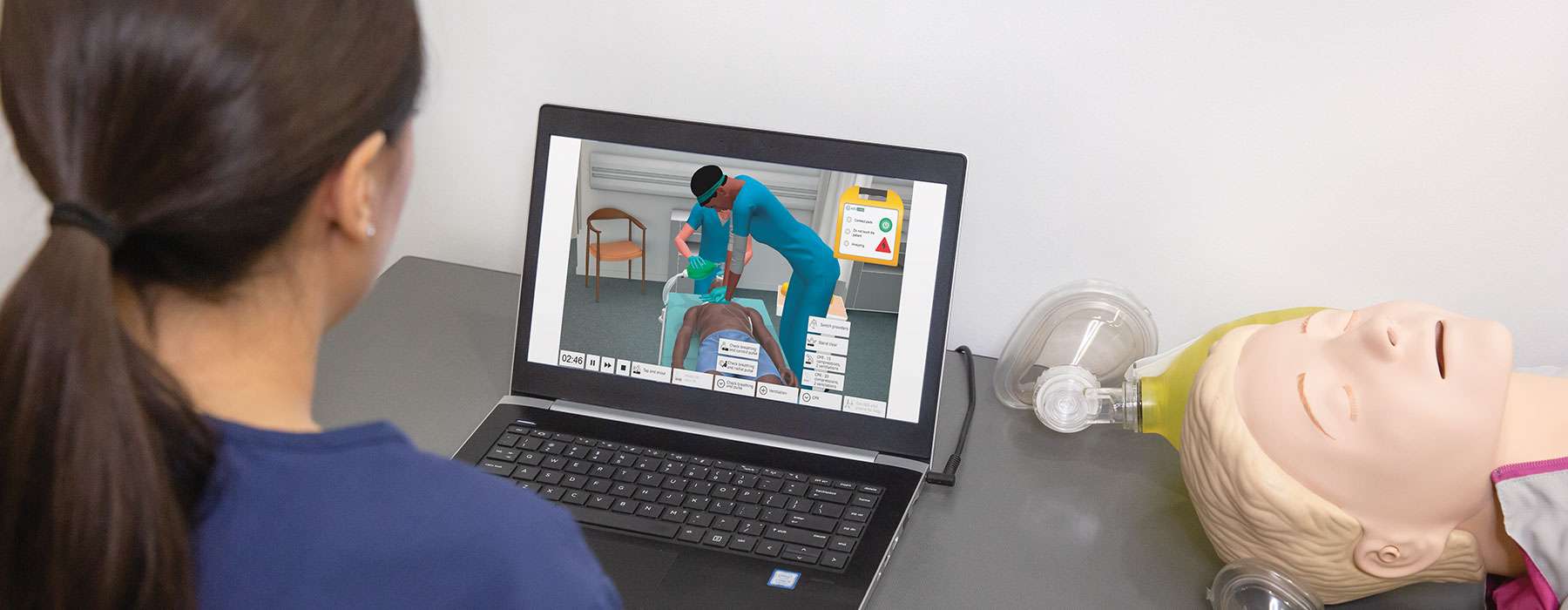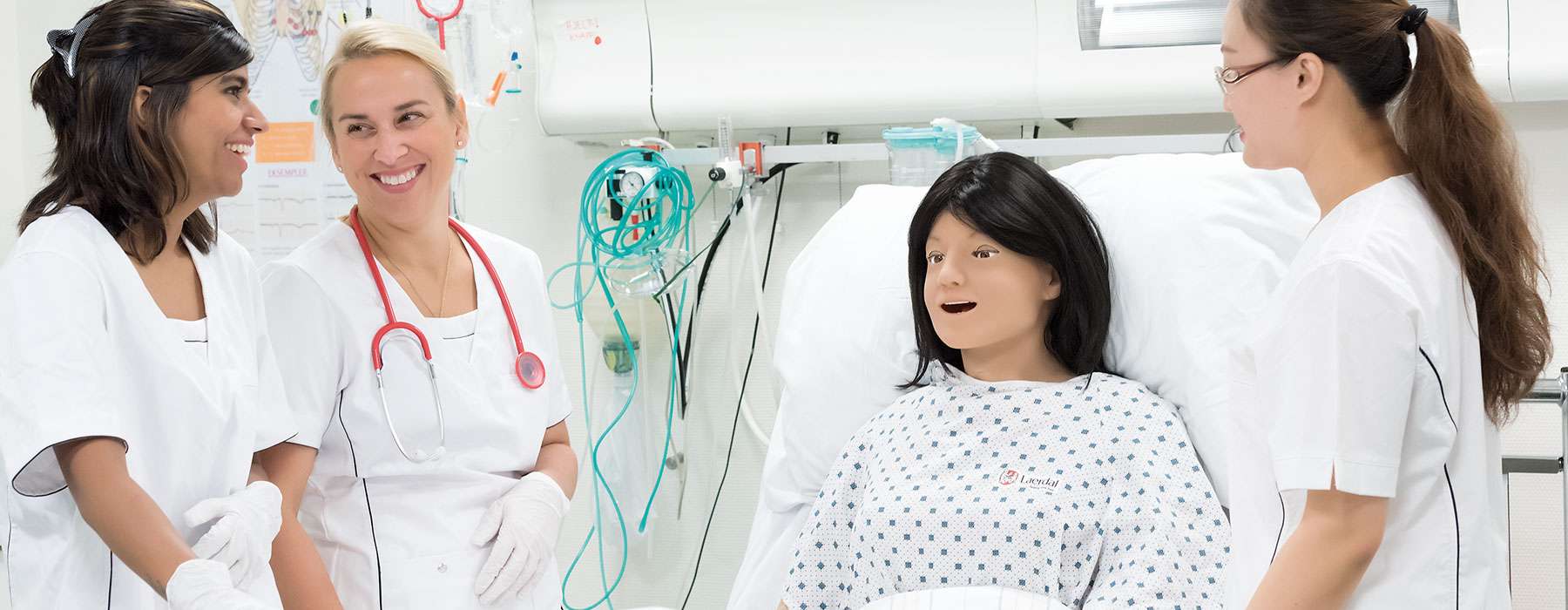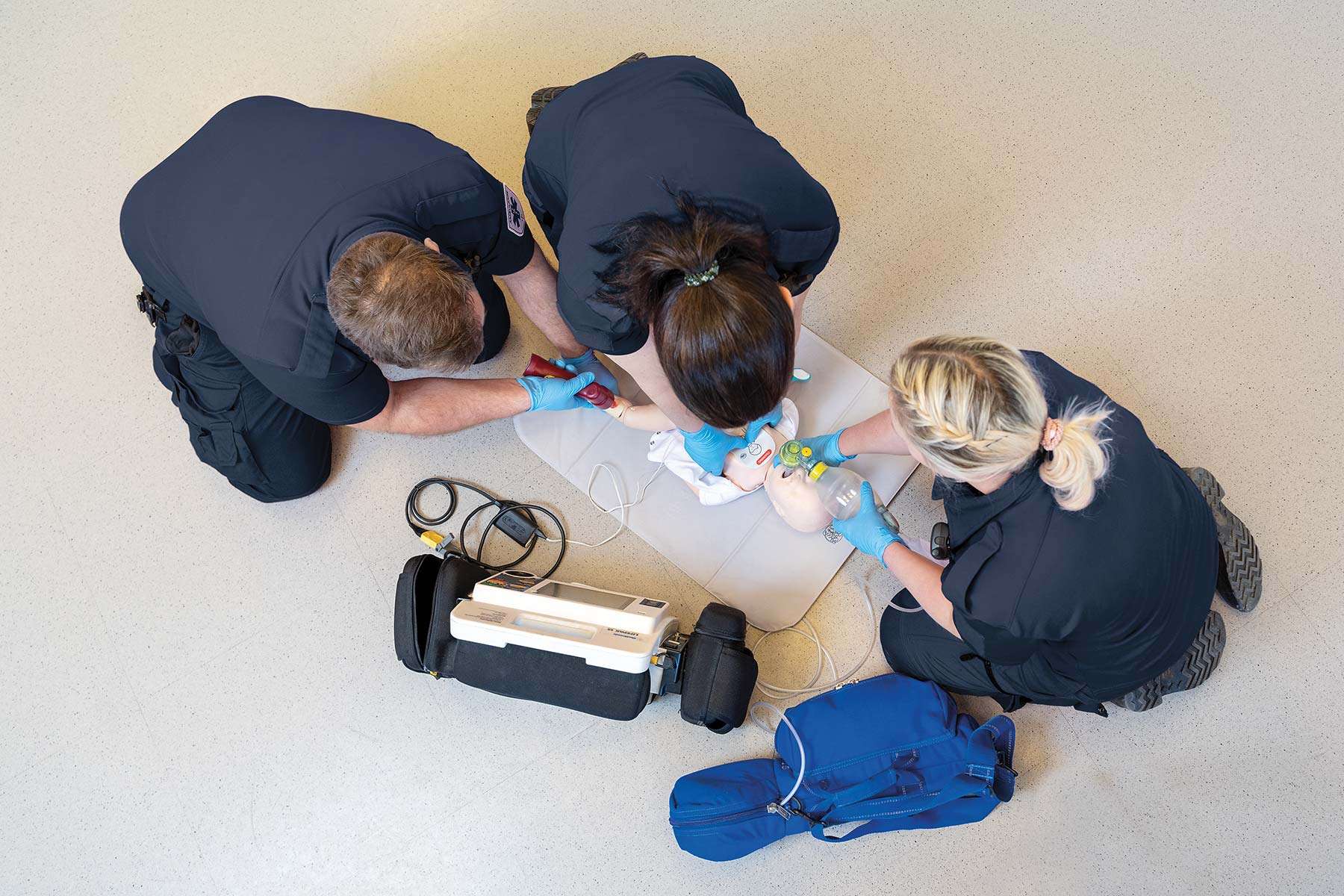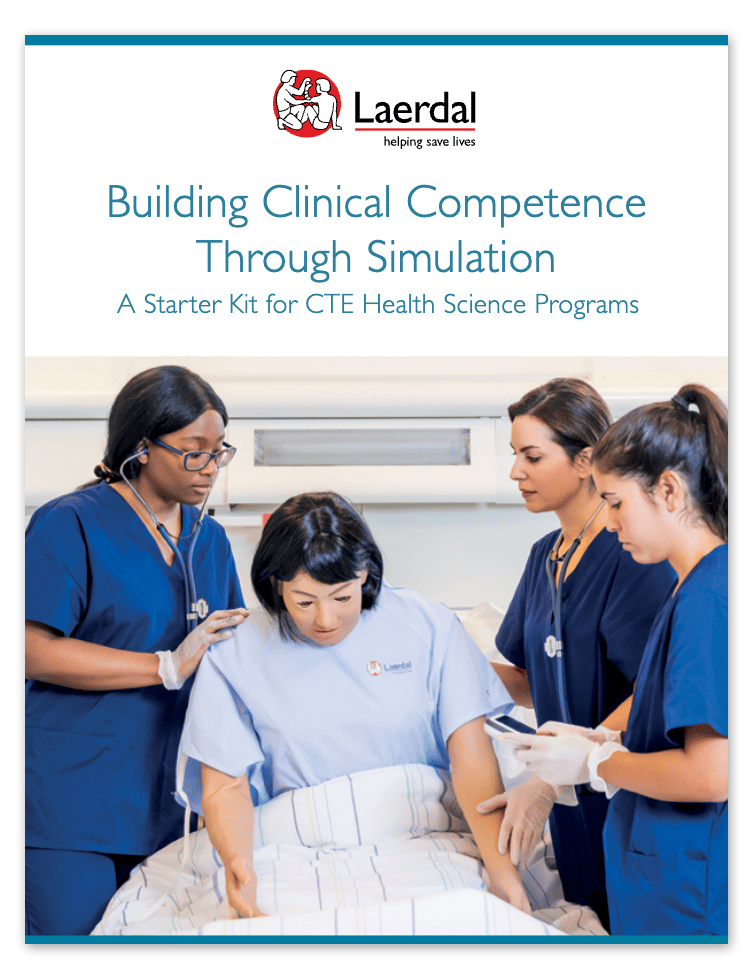Priorities in K-12 Learning for 2025: How Simulation Can Help


The 2024-2025 school year brings many opportunities to make a positive impact on learning outcomes. If you’re in Health Sciences education, you’re likely preparing to tackle the many priorities you’ve set for the year.
In this article, we explore a few priorities that have the attention of many districts and share some ways that simulation can help elevate your Health Sciences program in these areas.

Student engagement is at the top of many educators’ priority lists.1 A 2024 survey found that keeping students academically engaged is the #1 challenge and priority for educators.2
Research shows that when students are engaged, they’re more likely to be academically successful, have passing grades throughout high school, and graduate on time.3 In a health sciences curriculum, engagement seems even more paramount – because it impacts the learning effectiveness of skills that may one day save a life.
If you’re seeking ways to boost engagement in your curriculum, simulation-based training can help. Simulation provides students with a comprehensive and repeatable hands-on learning experience. This encounter allows them to practice assessment, diagnosis, and clinical procedures on a lifelike manikin. In this immersive setting, students can perfect their skills and build confidence in a safe setting. The hands-on environment of simulation brings learning to life in a way that textbook and PowerPoint slides fall short.
95% of teachers say it should be a priority for every school to support teachers with the tools and strategies they need to increase and sustain student engagement.5
Depending on your learning objectives, it doesn’t always take a highly-detailed simulation scenario to get your students’ attention. With the right tools, you can also infuse engagement into areas like CPR training. After sitting through the hours of didactic learning of a traditional classroom course, students may have become disconnected. Re-engaging them during the hands-on CPR portion of the course is key to ensuring they’re learning and perfecting this lifesaving psychomotor skill effectively.
CPR manikins today have real-time feedback, measurement, and scoring technology built in to help you motivate learners and quickly identify who needs help. And, scoring allows you to amplify student engagement levels by providing a gamification option, such as a friendly, thrilling CPR competition. This will allow you to entertain and motivate your students while reinforcing their skills on all the key components of high-quality CPR.

K-12 education in 2025 is placing a higher priority on personalized learning than ever before, according to eSchoolNews.6
Learning tools that yield actionable data on individual performance will help educators tailor learning experiences to support each student’s learning style and pace.7 This personalized learning will increase student engagement and motivation.8
Embracing student-driven, personalized learning has been in focus for a long time – but educators agree that this important goal has been difficult to scale.9
Offering self-directed virtual simulations can help you provide more personalized learning experiences while also freeing up time. In these immersive virtual settings, students practice real-world skills like Basic Life Support (along with a Voice-Assisted Manikin) or clinical judgment and decision-making – all at their own pace. They receive immediate, personalized feedback to help them improve. Performance data gives you the visibility you need to formatively assess how well they’re grasping the learning objectives and refining their skills.

Social emotional learning (SEL) continues to be an area of high interest for educators as technology brings new challenges to students’ social-emotional development.11
According to the Collaborative for Academic, Social, and Emotional Learning (CASEL), SEL is the process through which all young people and adults acquire and apply the knowledge, skills, and attitudes to develop healthy identities, manage emotions and achieve personal and collective goals, feel and show empathy for others, establish and maintain supportive relationships, and make responsible and caring decisions.12
The five CASEL competencies are:
In terms of career training, these skills are paramount – because they’ll be needed and desired in essentially any workplace. In the health sciences, these skills are a cornerstone in preparing students to practice safe, patient-centered care.
CTE educators agree that SEL skills are an essential building block for success in CTE programs15 - and research supports including SEL in career-development practices and student-learning plans.16
"If [students] have never been given [SEL] tools and then we put them in high-stress situations or … rigorous classes, they crumble," explains Melissa Lane, Emergency Medical Services instructor at the Area 31 Career Center in Indianapolis.17
If you’re looking for a way to reinforce SEL training you’re currently conducting in your health sciences curriculum, simulation can help. A simulation scenario can lend students the opportunity to apply a range of SEL skills in a similar environment to the one they’ll face in their healthcare careers.

Teamwork and communication are two SEL skills that have been identified as especially important and highly desired by employers.18 In the healthcare environment, these skills can make a tremendous impact on patient outcomes.19 Many college nursing programs are using simulation to practice teamwork and collaboration, which are part of the Quality and Safety Education for Nurses (QSEN) competencies.20 Similarly, using simulation in your health sciences program can allow your students to refine their SEL skills by working together as a team in an environment that mimics a real clinical setting.
High-quality teaching is known to be a leading factor in student success.21 However, K-12 schools continue to battle an ongoing faculty shortage.22 This situation has led to an increased focus on faculty retention.23
Regular training can enhance an employee’s initiative and quality of work as well as make them more committed to achieving organizational goals.24 And, research suggests that employees who are engaged and thriving are 59% less likely to seek another job elsewhere.25
If you're interested in starting or expanding a simulation program, professional development will be an important factor in your program's success. Enrolling in courses taught by skilled simulation educators can help empower your faculty with the knowledge they need to thrive and grow an effective simulation program.
Download our comprehensive guide for using simulation to prepare your students for the realities of clinical practice.
